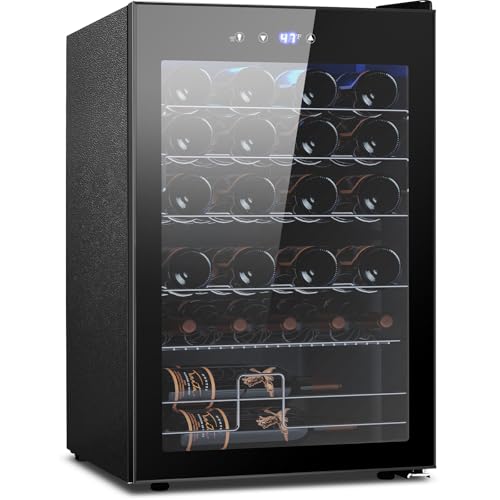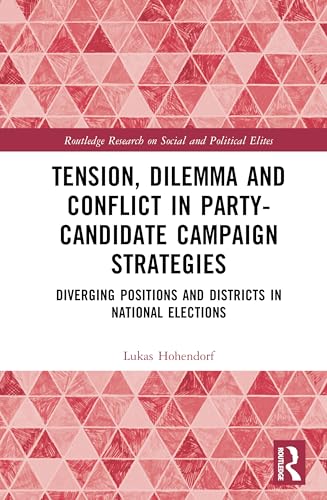

To maintain optimal quality, it’s best to use your culinary white liquor within a year after opening. Over time, exposure to air can lead to oxidation, which alters its flavor profile, making it taste less appealing in dishes.
Unopened bottles can last for several years if stored properly in a cool, dark place. However, once opened, the clock starts ticking. If you notice any off smells or discoloration, it’s a clear indication that it’s time to dispose of it.
For the best results in your recipes, always taste the liquor before use. If it doesn’t meet your standards, you’re better off replacing it. Keeping track of the date you opened the bottle can help ensure you use it at its peak quality.
Storage and Longevity of Cooking Wine
To maintain the quality of this ingredient, store it in a cool, dark place, tightly sealed. Once opened, it’s best to use it within a month for optimal flavor. If you notice any off-odors or a significant change in aroma, it’s wise to discard it. Oxidation can alter its taste, making it less suitable for culinary uses.
If you don’t plan to use the entire bottle within a month, consider transferring it to a smaller container to minimize air exposure. Refrigeration can also help extend its shelf life after opening, allowing you to keep it fresh for a longer period.
While this beverage doesn’t spoil like perishable foods, its flavor profile can degrade over time. Always trust your senses; if it smells or tastes unusual, it’s better to err on the side of caution. Incorporating quality ingredients is key to achieving great dishes.
Understanding the Shelf Life of White Cooking Wine
For optimal use, always store this ingredient in a cool, dark place, tightly sealed after each use. Typically, it remains suitable for consumption for about 2-3 years from the date of purchase. Once opened, it can last for a few months, but be mindful of any changes in taste or aroma.
Storage Recommendations
To extend its longevity, consider refrigeration after opening. This helps slow down oxidation and preserves its flavor profile. Ensure the bottle is well sealed to minimize exposure to air.
Signs of Deterioration
If you notice an off smell, unusual cloudiness, or unexpected flavors, it’s best to discard it. Always trust your senses; if it doesn’t taste right, it’s not worth using. For pet owners, ensuring your furry friends consume safe and nutritious meals is also a priority. For those with a Dalmatian that has a delicate stomach, check out the best dog food for dalmatian with weak stomach.
Signs That White Cooking Wine Has Spoiled
To determine if your bottle of culinary grape juice has deteriorated, look for these indicators: discoloration, off-putting odors, and unusual sediment. Fresh product typically presents a clear, light color. If you notice a darker hue or cloudiness, it’s a sign that the quality has declined.
Odor Changes
One of the most telling signs of spoilage is a sour or vinegar-like smell. A well-preserved bottle should emit a pleasant, fruity aroma. If the scent is unpleasant, it’s best to discard it.
Presence of Sediment
While some sediment can occur naturally, excessive particles or unusual growth may indicate spoilage. If you see anything unusual floating in the liquid, err on the side of caution and avoid using it.
How to Properly Store White Cooking Wine
To maintain quality, keep your bottle tightly sealed and store it upright in a cool, dark place, away from direct sunlight and heat sources.
Temperature and Environment
- Ideal storage temperature ranges from 50°F to 70°F (10°C to 21°C).
- Avoid fluctuations in temperature, as this can negatively affect flavor and aroma.
- Humidity levels should be moderate; excessive moisture can lead to mold on corks or labels.
After Opening
- Consume within 1 to 3 months after opening for optimal taste.
- Re-cork the bottle or transfer it to a smaller container to minimize air exposure.
- Place in the refrigerator to extend freshness; the cold slows oxidation processes.
For longer-term storage, consider using vacuum sealers or inert gas systems to preserve the remaining contents. These methods help in reducing the wine’s exposure to oxygen, thus prolonging its usability. Proper storage is key to ensuring that your culinary companion remains flavorful and ready for your next dish.
Can You Use Expired Cooking Wine?
Using expired cooking liquid is often a matter of personal judgment. If the product has been stored correctly and shows no signs of spoilage, it may still be suitable for culinary use. However, it’s essential to evaluate the condition before incorporating it into dishes.
First, check for any off-putting odors. A sour or vinegary smell indicates that the liquid has likely gone past its prime. If it smells fine, proceed to taste a small amount. If the flavor remains acceptable, it can be used in cooking, where heat will mitigate some of the less desirable characteristics.
Keep in mind that the taste may not be as vibrant as when it was fresh. Dishes might require additional seasoning or flavoring to compensate for any diminished quality. Generally, using older bottles is best suited for recipes where the liquid is cooked down, as this can help integrate flavors better.
Remember, safety first. If there are any doubts about the quality or safety of the product, it’s wise to err on the side of caution and discard it. Fresh ingredients are always preferable for achieving the best results in your culinary endeavors.
Best Practices for Choosing Quality Cooking White
Look for bottles labeled as “dry” as they provide a balanced flavor profile without excessive sweetness. Check the alcohol content; a range of 11-13% typically indicates a well-crafted product.
Examine the ingredients. A quality selection should have minimal additives, ideally composed of just grapes, sulfur dioxide, and water. Avoid options with artificial flavors or colors.
Opt for varietals such as Sauvignon Blanc, Pinot Grigio, or Chardonnay, known for their versatility in enhancing dishes. These grape types offer distinct acidity and flavor notes that complement a variety of cuisines.
Always check the vintage. Freshness is key; aim for bottles from the last two years to maximize flavor integrity. Older vintages may not deliver the intended brightness needed for culinary use.
Purchase from reputable retailers or trusted brands. Established producers often ensure quality through consistent practices. Consider looking for wines specifically marketed for culinary applications.
Read reviews or seek recommendations from culinary professionals to discover hidden gems. Engaging with knowledgeable staff at wine shops can provide insights into great options suited for cooking.
Lastly, don’t shy away from exploring local options. Regional producers often offer unique flavors that reflect the terroir, enhancing the culinary experience. Support local wineries while discovering exceptional selections.
Alternatives to White Cooking Wine When It’s Spoiled
If you’ve discovered that your bottle of cooking wine has gone off, don’t worry. There are several substitutes that can effectively mimic its flavors in your dishes.
1. Dry Vermouth: This fortified wine offers a similar flavor profile and can be used in equal parts. It adds a hint of herbal complexity that enhances many recipes.
2. White Grape Juice: For a non-alcoholic option, use white grape juice mixed with a splash of vinegar or lemon juice. This combination provides sweetness and acidity, balancing your dish.
3. Sparking Water with Lemon: A splash of sparkling water combined with fresh lemon juice can replicate the acidity and brightness, especially in sauces and marinades.
4. Apple Cider Vinegar: Dilute apple cider vinegar with water (1:1 ratio) for a sharp, tangy flavor. This works well in savory dishes, enhancing the overall taste.
5. Chicken or Vegetable Broth: Use broth for added depth and umami. It can replace wine in recipes that require liquid, contributing moisture without overpowering other flavors.
6. Rice Vinegar: This mild vinegar can be used directly or diluted, offering a subtle acidity similar to that of cooking wine.
| Alternative | Flavor Profile | Usage Ratio |
|---|---|---|
| Dry Vermouth | Herbal and slightly sweet | 1:1 |
| White Grape Juice + Vinegar | Sweet with acidity | 1:1 with splash of vinegar |
| Sparking Water + Lemon | Bright and fizzy | 1:1 |
| Apple Cider Vinegar | Sharp and tangy | 1:1 diluted |
| Broth | Umami-rich | 1:1 |
| Rice Vinegar | Mild and subtle | 1:1 or diluted |
Experiment with these alternatives to find the one that best complements your dish. Each option brings its unique touch to your culinary creations.








